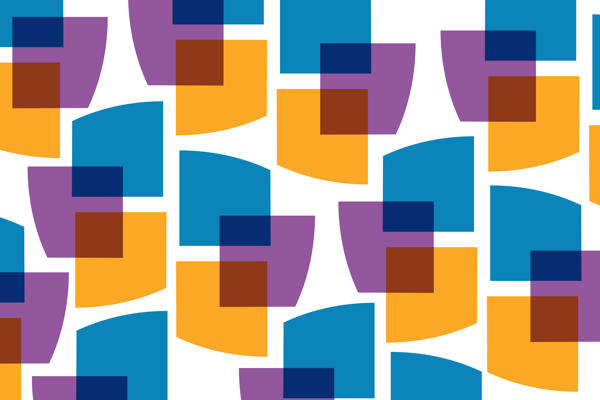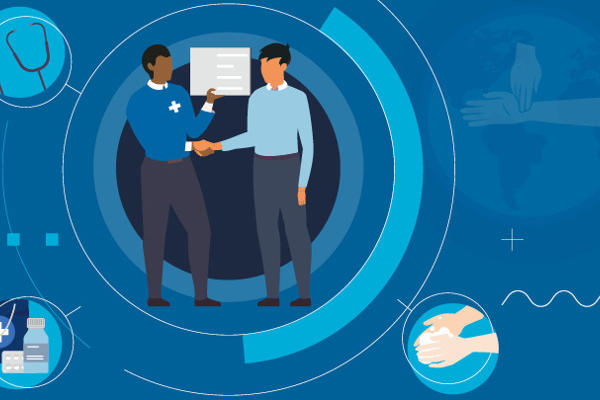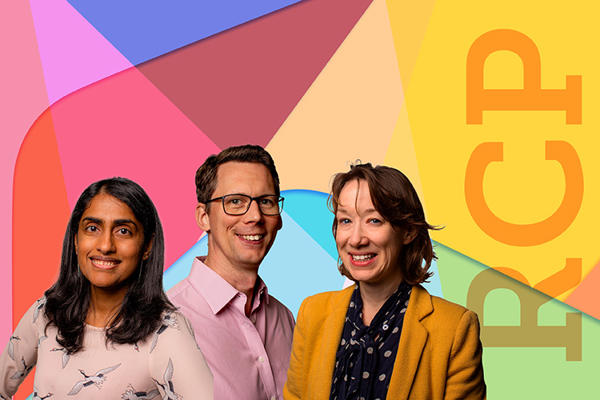One of the oldest books in English in the RCP library concerning hearing loss is John Bulwer’s Philocophus: or, The deafe and dumbe mans friend, published in London in 1648. Bulwer (1606–1656) was a physician and wrote several books concerning communication. The book is devoted to promoting the benefit of learning to lip read, a skill that Bulwer describes as ‘subtile art, which may inable one with an observant Eie, to Heare what any man speraks by the moving of his lips.’ It presents the story of a deaf Spanish man, Don Luis Velasco, who was taught to lip read and to speak by a schoolmaster.
Bulwer dedicated this book to Sir Edward Gostwick (1619–1659) and his younger brother William, both of whom were deaf from birth. He writes that although ‘lacking the faculty of speech’, the Gostwicks have their whole bodies at their disposal ‘having a language more natural and significant, which is common to you with us, to wit gesture, the generall and naturall language of Humane nature’. Bulwer was a pioneer in the cause for the education of deaf people, and in this book he also sketches out his ideas for an academy for deaf people.
Nearly 250 years later, a three-volume Histories of the American schools for the deaf was published ‘in commemoration of the four hundredth anniversary of the discovery of America’. It quotes from the works of the 16th century Italian physician Girolamo Cardano (1501–1576), who wrote about the possibilities of teaching people who could not hear to read and write. At the time of the celebration of Columbus’s achievements, the book urges the reader also to honour Cardano, ‘whose discovery of the theory of instructing the deaf opened to them a new world vaster and richer than any continent – the illimitable world of the mind.’ You can read the Histories yourself online via the UK Medical Heritage Library digitisation project.
Litton Forbes’ On deafness and its curative treatment (London, 1890) – now also available online – considers a range of topics, including ear diseases ‘in general’, syphilitic deafness, gouty deafness, Ménière’s disease, wax in the ear, and tinnitus. Forbes presents eight case studies and an analysis of 600 cases from his private practice. He claims to have cured 8,000 out of 9,500 cases of ear diseases seen over 10 years in private and hospital practice.

Forbes details several techniques for treating infections and other ear conditions, with a number of illustrations of the equipment required. He devotes a chapter to the use of electricity as a means of treatment, describing and illustrating a special ‘rheophore’ (a current-carrying wire) to enable current to be applied ‘directly to the diseased part’.
This is fastened round the head and connected with a proper battery. The screw, with olive-shape ending attached, passes into the auditory meatus. By simply turning it the patient himself can apply the current to any part of the passage, or even to the drum membrane.
Katie Birkwood, rare books and special collections librarian
Audiovestibular medicine is the RCP specialty of the month for July 2015.
Read more about our collections on our weekly blog, and follow RCPmuseum on Twitter.




